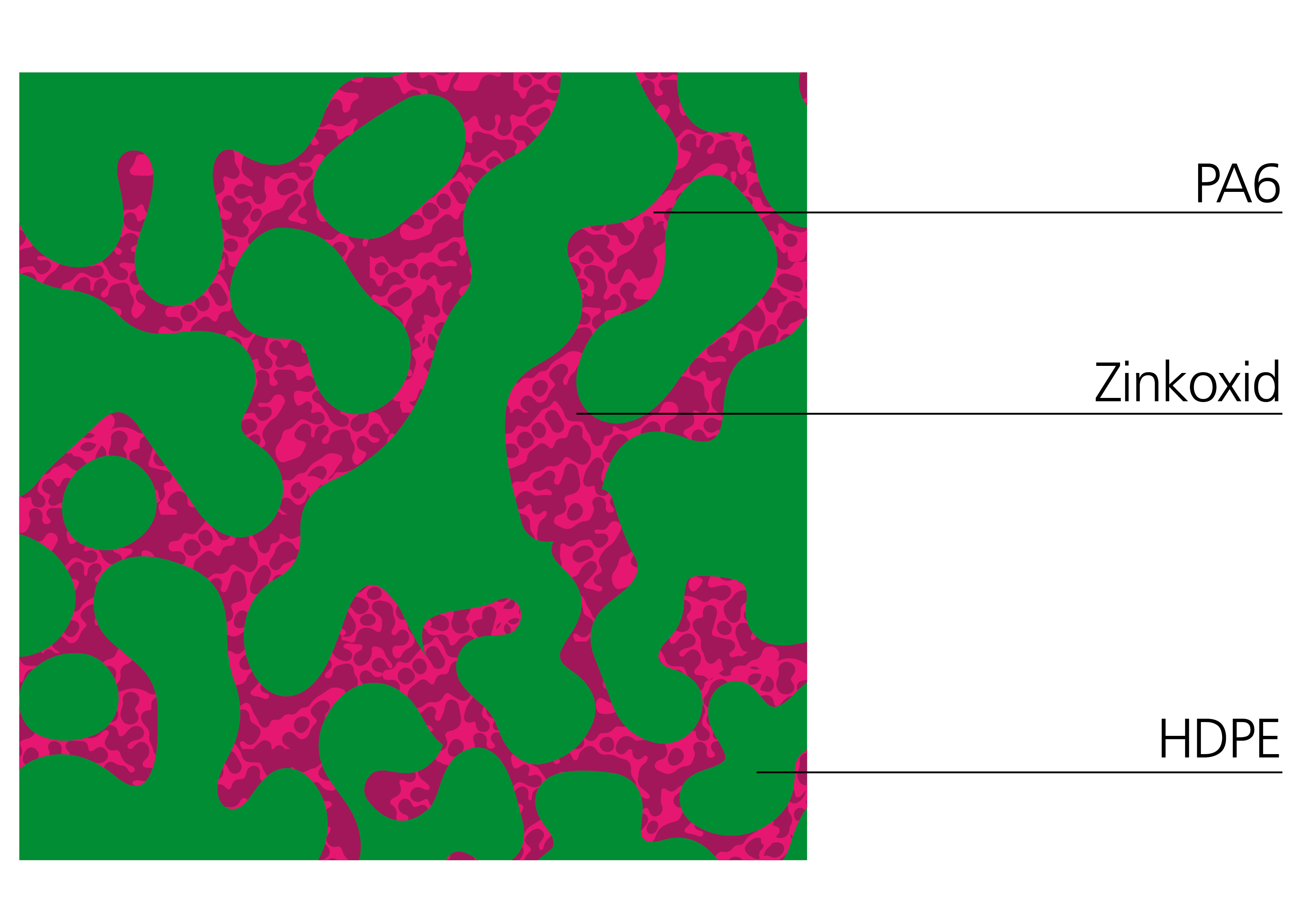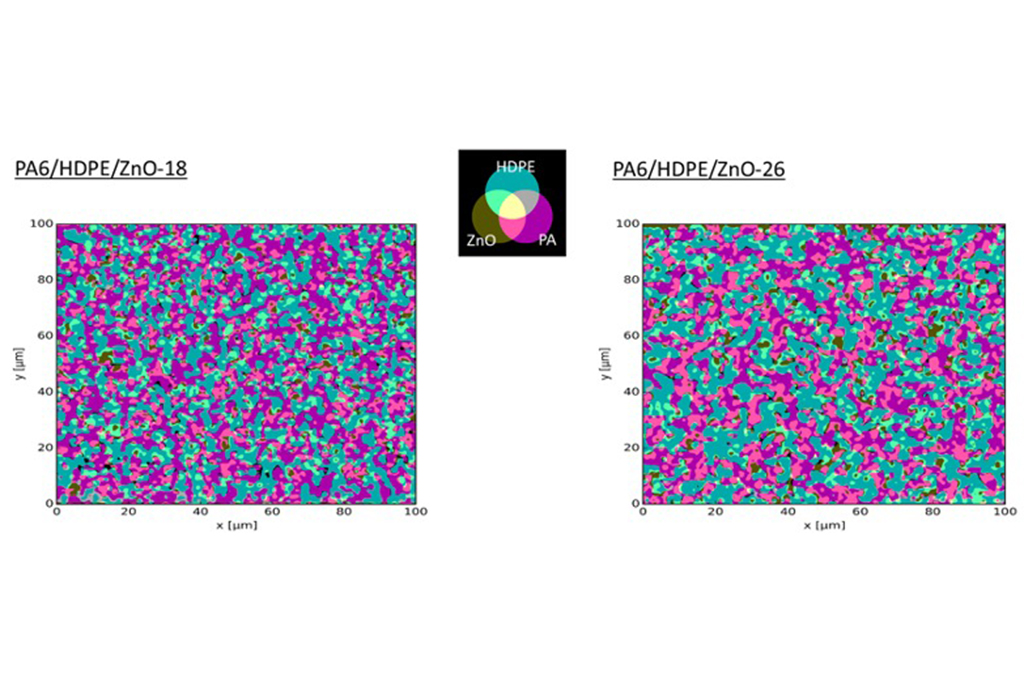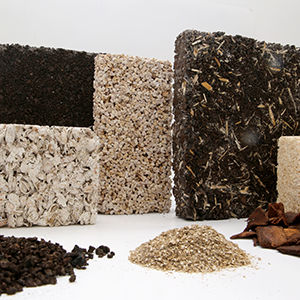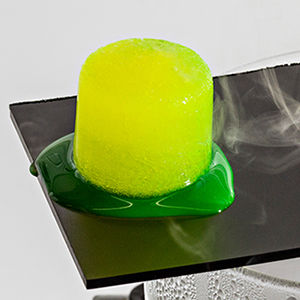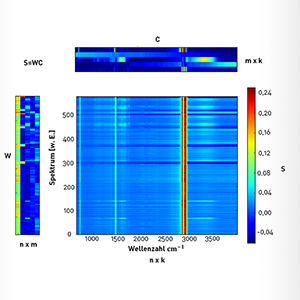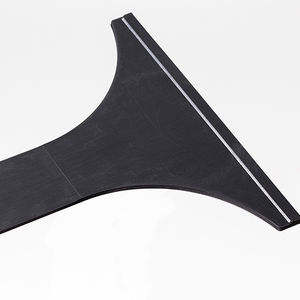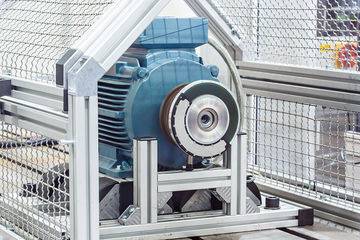Development of Thermally Conductive Polymer Blends.
THERMALLY-CONDUCTIVE PLASTICS, THERMAL MANAGEMENT
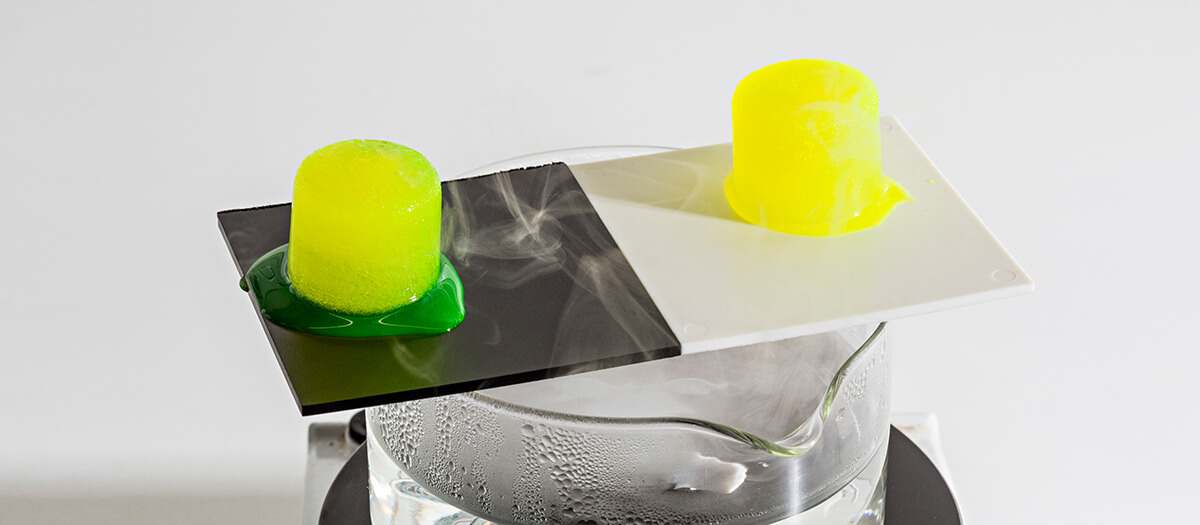
The plastics material class has an unusually wide range of attractive and unique properties, which can be customized depending on their purpose of use. However, the use of polymers in applications requiring heat transfer is limited due to their low thermal conductivity. Examples can be found in the heat management of energy storage units and energy converters, in electronic components or lighting technology. Thermally conductive and simultaneously electrically insulating materials are particularly interesting in this context. In practice, plastics nowadays are equipped with thermally conductive properties by the addition of functional fillers. This requires large amounts of filler content, which significantly worsen numerous properties such as the suitability for processing or impact resistance of such materials. This is where the “HEATCOP” research project comes in. This is a project involving the investigation and development of new strategies to reduce the filler content.
Strategies for reducing the filler content in thermally conductive plastic compounds
Nowadays, standard procedures mainly aim to optimize fillers (e.g. in terms of the type and size of the particles or surface modification) or use hybrid fillers. The special feature of the “HEATCOP” project lies in increasing thermal conductivity through the selective localization of a thermally conductive filler on a single phase in a polymer blend. The purpose here is that the filler in one polymer phase is fortified and the other phase contains as little filler as possible during the processing. The aim of this is to maximize the thermal conductivity of the filled phases as far as possible so that the comparatively low thermal conductivity of the unfilled phase is over-compensated. For the “HEATCOP” project, a model system based on polyamide (PA 6), high-density polyethylene (HDPE) and zinc-oxide (ZnO) were selected and the target morphology illustrated in Figure 1 set as the goal. HDPE features comparatively high intrinsic thermal conductivity, elasticity and impact resistance, while the polar polyamide features high temperature resistance and high affinity to zinc oxide (ZnO), which is also polar.
Investigation of various influences: Material and processing
The morphology and therefore the thermal conductivity of the filled polymer blend are mutually and intricately dependent on material characteristics and process conditions. The understanding of these interdependencies and how, using the target morphology shown above, new blend materials can be derived from these is a key focus of the research project. Material-dependent influences such as the viscosity and ratio of blending components, the type and content of the compatibilizer and the ZnO content that impact the thermal conductivity and morphology have previously been investigated under practical conditions on a continually working twin-screw extruder with subsequent injection molding. On the manufacturing process side, a master batch process for the kinetic inspection of the morphology proved most promising. This involves firstly producing a highly-filled ZnO-PA6 compound, which is then processed together with the unfilled HDPE component to form a blend in a second step. As an example, Table 1 shows the properties of ZnO-filled HDPE/PA6 blends with different levels of ZnO content compared to ZnO-PA6. Alongside the expected high thermal conductivity in the compound with a 26% by volume proportion of ZnO (PA6/HDPE/ZnO-26), the higher continuity index (CI) of the HDPE phase is particularly noticeable. This value is determined through the selective extraction of a phase using a suitable solvent. It describes the extent of the polymer phase’s consistency and indicates that the HDPE phase in the compound with the higher ZnO content is more strongly pronounced continuously and this compound therefore more closely approximates the target morphology from Figure 1 than the compound with 18% by volume ZnO (PA6/HDPE/ZnO-18). Regarding the mechanical properties, the filled blend shows a higher elasticity than the reference compound PA6/ZnO-18, as expected.
The knowledge of both the polymer phases and the particle distribution and their dependency on material and process variables is a key component in the understanding and targeted development of filled blend systems. For this reason, Raman microscopy was applied in collaboration with the material analysis group at LBF. Figure 3 shows the comparison between two Raman mappings on both selected compounds.
The distribution of the polymer phases is finer in the case of the blend with 18% by volume than in the blend with 26% by volume ZnO. At the same time, in the less filled polymer blend, the proportion of ZnO in the HDPE phase is higher than that in the PA phase. In concrete terms, this means that the selectivity of the ZnO particles to localize themselves in the PA phase is significantly higher in the more filled compound.
In the subsequent project progression, the researchers at Fraunhofer LBF undertook to further increase this selectivity in order to further maximize the efficiency of the thermal conductivity in the PA phase and to optimize the mechanical and processing properties.
Customer benefits
The thermally conductive plastics market segment is growing due to increasing demand from the areas of lighting technology, electromobility and energy technology. The frequently low weight of parts as well as, in particular, the simplified manufacture of complex assemblies as a result of the higher degree of design freedom and functional integration are essential drivers in finding innovative thermal management solutions. Fraunhofer LBF took on the challenge of expanding the characteristic spectrum of thermally conductive thermoplastics. Through its competencies in the areas of formulation and blend development, characterization and plastic processing, significant structural characteristic links were able to be determined. These form the basis for the further optimization in the “HEATCOP” project and supplement the portfolio of Fraunhofer LBF on the targeted further development of new solutions in thermal management.
The “HEATCOP” IGF project (19502N) is sponsored by the Federal Ministry for Economic Affairs and Energy based on a decision of the German Parliament.


“Strategies for the development of improved plastic compounds with thermal conductivity, as researched in the HEATCOP project by the Fraunhofer Institute for Structural Durability and System Reliability, make a significant contribution to the development of packaging materials for the next generation of light-emitting diodes.” Dr. Gertrud Kräuter, OSRAM Opto Semiconductors GmbH, Regensburg
Contact
- Dr. Frank Schönberger
- Phone: +49 6151 705-8705
- frank.schoenberger@lbf.fraunhofer.de
- Shilpa Khare
- Phone: +49 6151 705-8739
- shilpa.khare@lbf.fraunhofer.de
